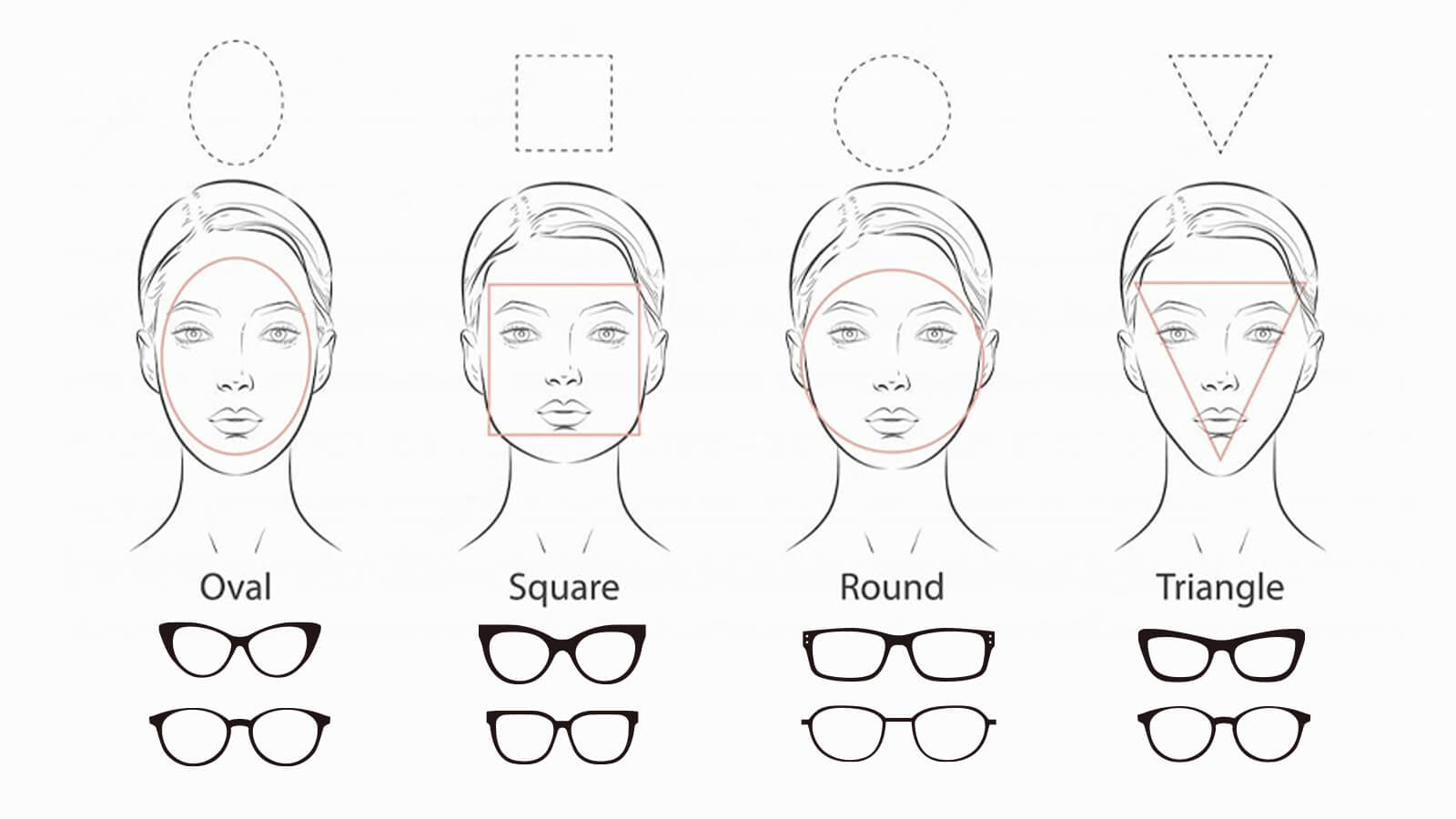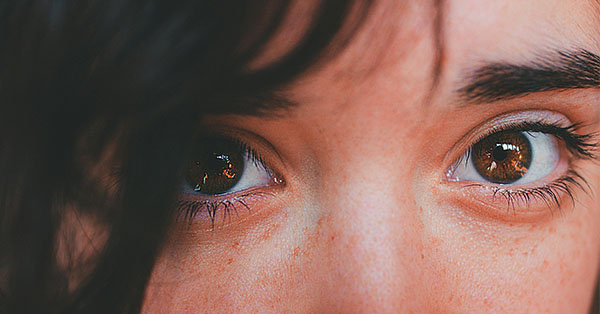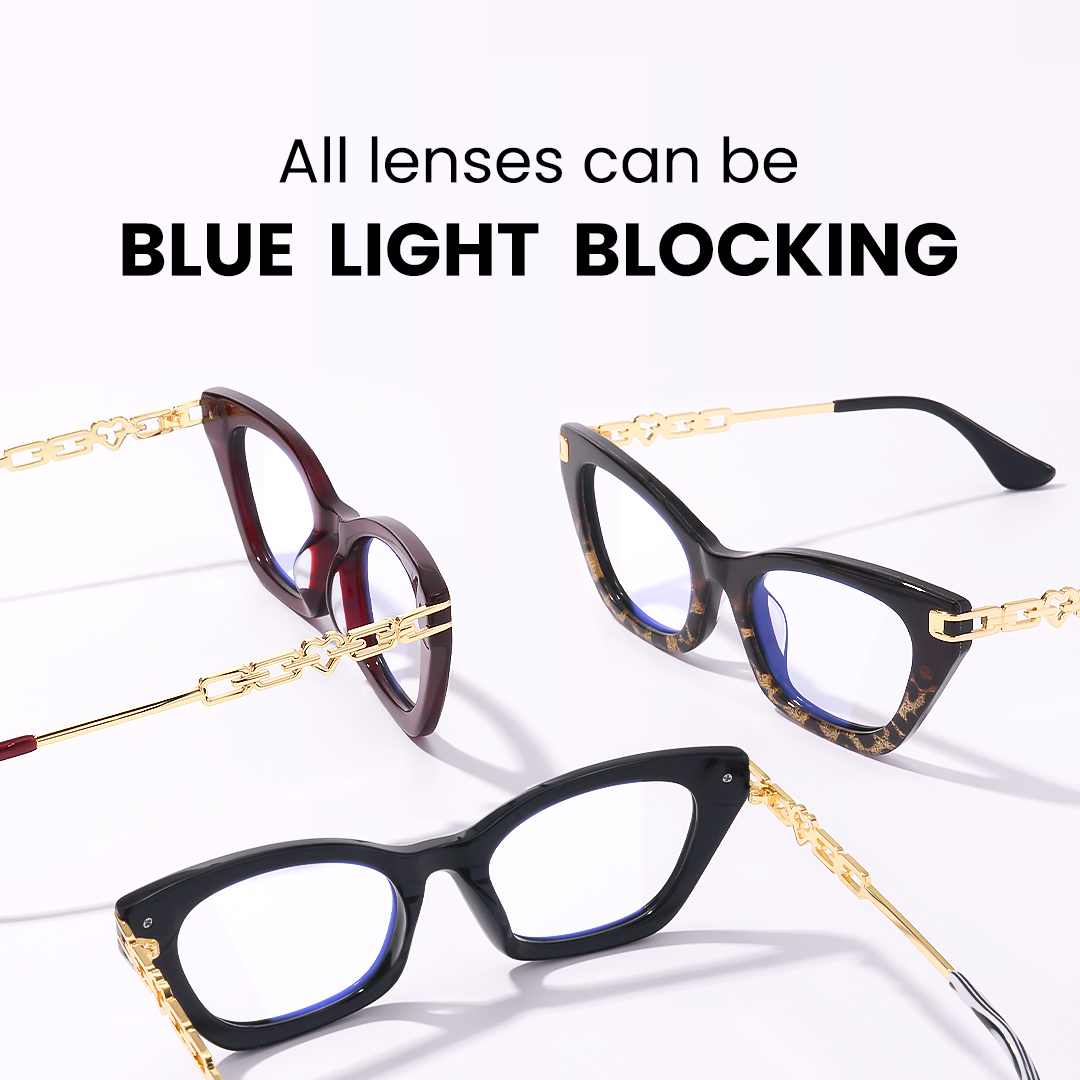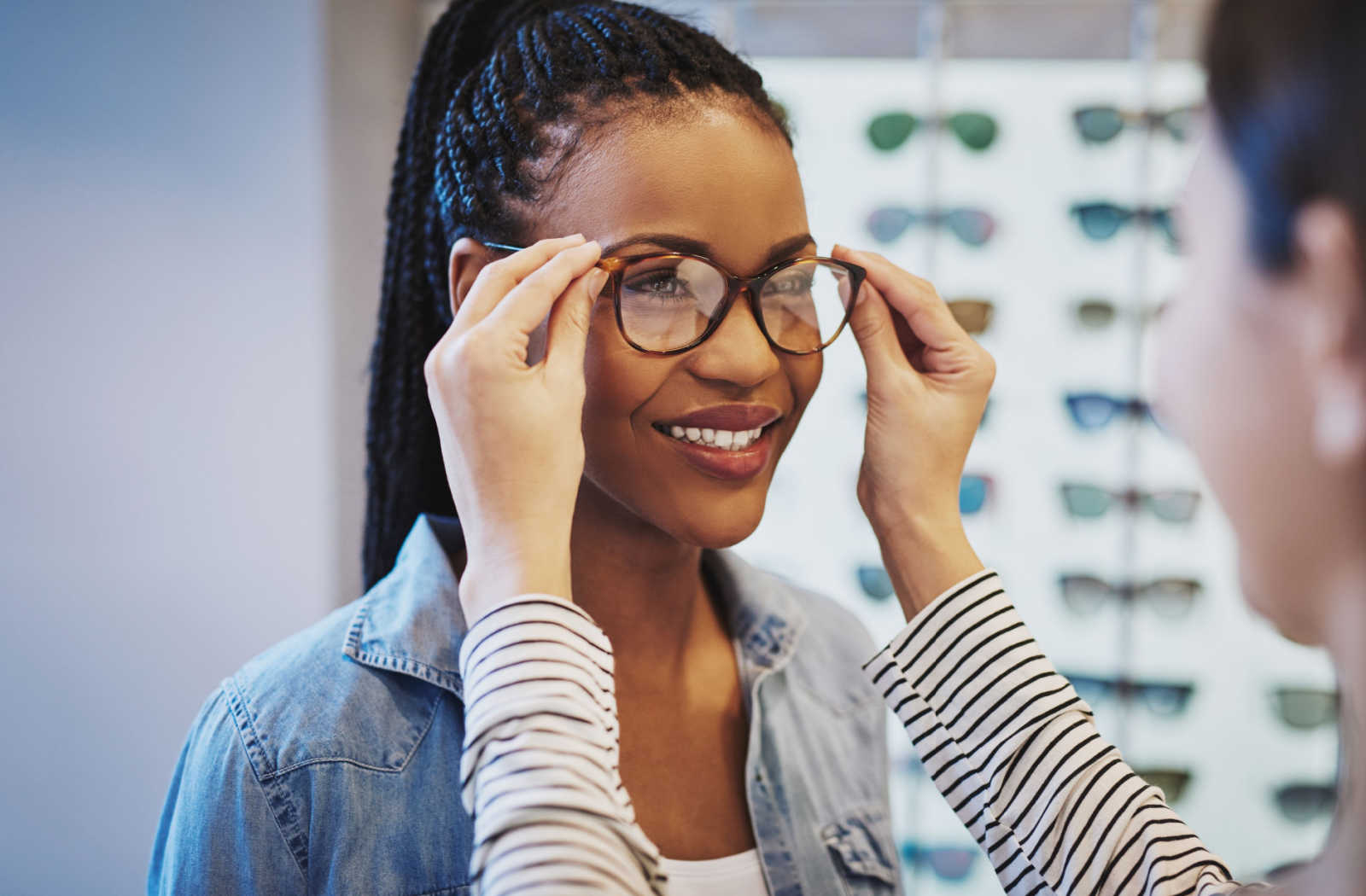
Guide to Picking Glasses That Suit Your Face Shape Perfectly
February 27,2023

What is Boho Style? A Comprehensive Guide to Boho-Chic Fashion
February 13,2025

Virtual Glasses Try On - Find Your Perfect Pair Online
April 02,2024

UV Protection Glasses VS. Blue Light Glasses - Vooglam
July 20,2023

Newest Style Modern Trendy Mens Glasses | Vooglam
March 01,2024

Stylish Reading Glasses: Blending Fashion with Functionality
February 16,2023

What are photochromic lenses & glasses?
September 22,2023

Brown Eyes: The Beauty of the Most Common Hue
September 01,2024

The chubby face glasses for round face female
August 02,2023

What are prisms in eyeglasses?
March 20,2023

What are Bifocal Lenses? - Vooglam
April 14,2023

How to Read Your Eyeglass Prescription?
March 11,2023
Understanding esotropia: What are the symptoms and treatments?
Have you ever noticed that some people's eyes unconsciously move inward, making them look "cross-eyed"? This condition is called esotropia. It affects our vision and can affect our daily lives, especially for growing children.

Different types of esotropia
Esotropia is not a "one size fits all" disease. There are several types, and each is treated differently.
Infantile esotropia: It usually appears within six months of birth. This type is often more obvious and sometimes related to neurological problems.
Accommodative esotropia: This is the most common type in children, especially those with farsightedness. Because it takes more effort to focus on something, the eyes tend to move inward. Many times, a pair of glasses can help solve the problem.
Intermittent esotropia: Some people's eyes only occasionally move inward when they are tired or sick. Others have persistent esotropia, and their eyes are always like this.
Sensory esotropia: When one eye has poor vision or is blind, the brain's ability to coordinate the two eyes becomes weaker, causing the eyes to turn inward.

What are the symptoms of esotropia?
The most intuitive is "crossed eyes" - one or both eyes look inward. Sometimes there is double vision (seeing double images), and the images received by the brain do not match. If not treated in time, the child may develop "amblyopia", that is, the brain automatically ignores the squinting eye, resulting in decreased vision.
Children may tilt their heads and squint to see clearly, and their learning and concentration will also be affected. If the problem persists for a long time, it may also affect the child's self-confidence and social interaction.
Why do people get esotropia?
There are many reasons. Family inheritance is a major factor. If someone in the family has strabismus, the child's chance of getting the disease will increase. Children who have not corrected their hyperopia in time are also prone to esotropia due to excessive use of their eyes.
Sometimes, it is caused by poor coordination of eye muscles. There are also special cases, such as neurodevelopmental diseases such as cerebral palsy or Down syndrome, which also increase the risk.
Diagnosis and screening
The earlier the problem is detected, the better the treatment. Children often cannot clearly explain that they have a problem seeing, so it is important to have regular eye exams. Doctors often use methods such as cover tests, corneal reflex tests and prism measurements to determine the alignment and three-dimensionality of the eyes.

Parents should pay attention to whether their children often squint, tilt their heads, or their eyes look out of sync. If you notice these signs, take your child to an ophthalmologist as soon as possible.
Treatments
The goal of treatment is to restore the eyes to their correct position and improve vision. For children with farsightedness, wearing appropriate glasses is usually the first step. This not only reduces the burden on the eyes, but also helps the eyes work together again.
Some children need vision training, which is a series of eye exercises to improve the coordination of the two eyes. For amblyopia, a common method is to cover the good eye and give the weak eye a "training".
Some people may need to add prism lenses to their glasses to help reduce double vision. If these methods are not effective, your doctor may recommend surgery to adjust the position of the eye muscles. After surgery, it is also important to continue rehabilitation training and regular checkups.
How to live with esotropia?
With prompt treatment, most patients can recover good vision and stereoscopic perception. Children especially need support and encouragement from their parents, as eye problems sometimes affect their self-confidence and social interaction.
Adults with esotropia can also improve their quality of life with the right glasses and daily care. A pair of suitable and fashionable glasses can not only improve vision, but also increase confidence.
Why early detection and early treatment?
Esotropia is not terrible, the key is to detect and treat it early. Whether it is children or adults, it is important to have regular eye examinations. Modern medical methods are very advanced, and the vast majority of patients can have clear and comfortable vision.
Choosing the right glasses is not only to correct vision, but also to make you face life with confidence. Brands like Vooglam not only have functional frames, but also take fashion into consideration, making your every day full of confidence and brilliance.

Vooglam Blog
Vooglam blog shares professional knowledge about eyeglass frames, lenses, etc., and provides help when purchasing and using eyewear products. At the same time, Vooglam focuses on fashion glasses to interpret the trend of glasses for you.

The Science of Polarized Lenses: How They Improve Clarity and Safety in Snowy Conditions
If you've ever been out on a sunny day in the snow, chances are you know all about snow glare. That painful, sometimes blinding reflection off the bright white of snow isn't just annoying; it can be e
November 26,2025
Don't Spook Your Style: 6 Iconic Halloween Costumes with Glasses
Halloween isn't just about jumping into someone else's skin for a night—it's about finding pieces of yourself you didn't know existed. For those of us who wear glasses daily, the question isn't whethe
October 16,2025
How to Fix a Metal Glasses Arm Hinge: A Step-by-Step Repair Guide
Why Hinge Repairs Are Common—and FixableIf you wear glasses daily, chances are you've dealt with issues related to the hinges on your metal frames. It's one of the most common weak points, and over ti
July 07,2025
How to Pick the Right Low Bridge or High Bridge Glasses for Your Nose Shape
Most people spend a lot of time thinking about the styles, colors, and types of lenses they want in their glasses. But there's one thing that people frequently forget about that can make a big d
July 07,2025





































